Gloves are protective equipment whose purpose is to cover and protect the operator’s hands.
Gloves have a wide variety of industrial applications: handling, thermal protection, protection against the cold, dielectric and chemical materials, cuts, etc.
The properties of gloves are related to the materials they are made of. The material used depends on the work to be carried out: thick leather gloves for handling; thick fabric or kevlar gloves for work in an environment where the temperature is high; latex, PVC, nitrile gloves for laboratories and the chemical industry; metal mesh gloves to avoid cuts, etc.
Before choosing protection gloves, it is important to make sure that they are resistant to the products to be handled, that they are adapted to the task to be performed, that they are comfortable and that they are certified by the appropriate standard.


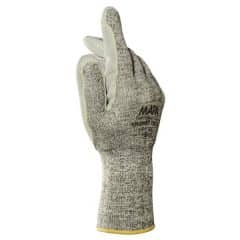
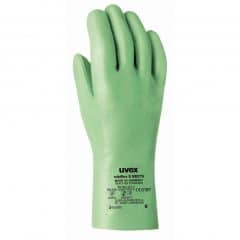
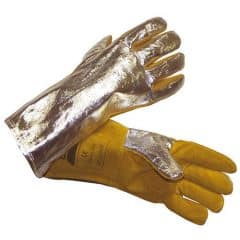
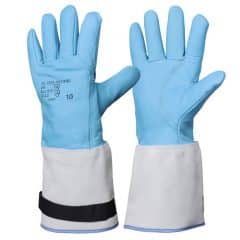
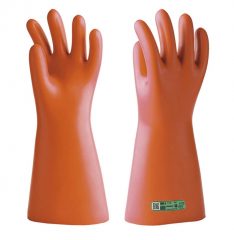



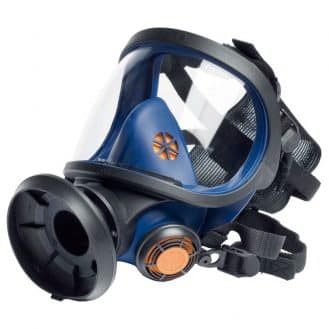


Thanks for sharing this detailed article. We all should have basic protective gear for emergencies.
I really like the way you choose the right glove. Your article is very informative. thank you!
THANKS FOR USEFULL ARTICLE. VERY INTERESTING.
Buena información, sobre el cuidado de las manos para distintas actividades, se deberían de implementar en todos los centros de trabajo.
A very good and well understood post is really a great work. Thanks Please visit our site for great tips
Charming post! Thank you so much for sharing them! I am sure you will continue
to give comparative gifts when you share with everyone.
I would like to suggest all the people, If you are thinking to buy the best and the right hand protection gloves then you all must follow this article. This article is full of essential and useful knowledge about hand protection gloves.
Great and awesome post! I appreciate your efforts on writing.
Leather materials are not electricity-conductive, so they can act as an insulator. We can use leather gloves as one of the safety components for electrical work.
Usually, a temperature below 40°F (around 4°C) should make many of us put on a pair of gloves, especially if our region has warm weather all year round.
Very informative blog post, thanks for sharing.